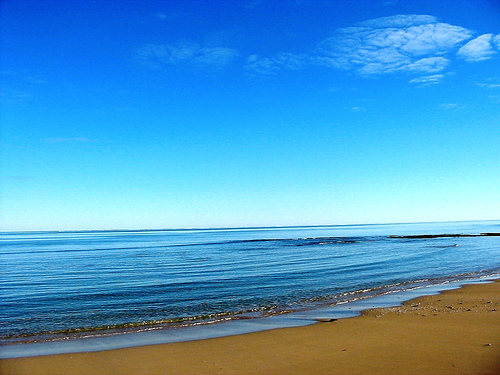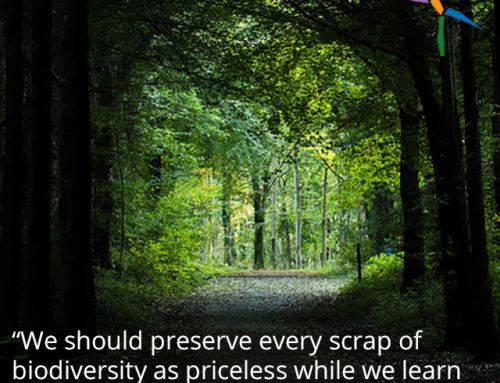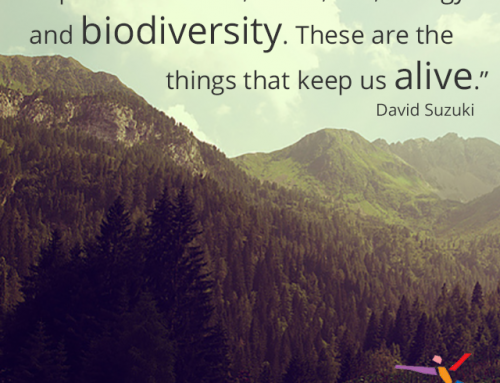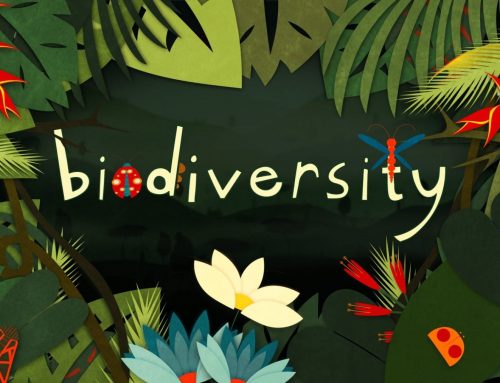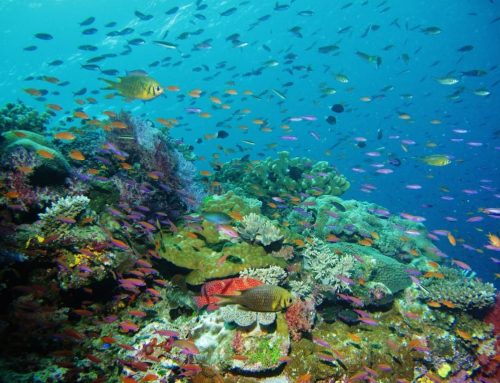If you’ve been following Postconsumers for any period of time, then you know that water conservation is an issue that’s near and dear to our hearts. In fact, we’ve got an extensive collection of articles, tips, facts and even memes devoted to water conservation. And our over-use of water isn’t unrelated to our basic over-consumption. Believing that everything exists in limitless supplies is what’s led to the need to conserve in so many areas. Coming on the heels of the recent water contamination concern in West Virginia, the issue of increasingly small amounts of potable, fresh water is finally gaining attention in the western world. Take some time today to consider these ten facts about water conservation.
Fact One: There’s Actually Not That Much Water on Planet Earth
Sure, there’s a lot of salt water. In fact, eighty percent of earth’s surface is covered with water. But ocean water doesn’t equate to water that we can drink and survive on. In actuality, only three percent of all of the water on the planet is fresh. Two percent of the world’s water, all of it fresh, is locked in glaciers and ice caps, which leaves only one percent for humanity. Of course, as the ice caps and glaciers melt, more water. But that’s not necessarily a good thing!
Fact Two: Water is Ancient
We love the saying, “All the water that ever will be, is.” It’s also true that all the water that will ever be has always been. The water that you drink from your tap today could include molecules that dinosaurs drank. While the historic notion is romantic, there’s a very real risk involved as well. All of the water that will ever be … is. That means as we pollute and destroy fresh water sources, they won’t be coming back or regenerating. Population may be growing, but available fresh water is shrinking.
Fact Three: You’re Drinking for Three at a Restaurant
How many times has a waiter or waitress put down a glass of water for you at a restaurant that you actually never even take a sip from? Or that you take one sip from and then ignore as your cocktail arrives? However, that one glass of water is actually three. After you ignore the water or take a single sip, it takes another two glasses of water for the restaurant to wash and rinse the glass. About seventy million meals are served in the U.S. alone each day. Do that math!
Fact Four: Your Dishwasher Can Actually Be More Efficient Than Hand-Washing
If you run your dishwasher only once it’s full, it can actually be more efficient than hand-washing dishes as you go along. We don’t often advocate buying things here at Postconsumers, but if you don’t have enough dishes to get through until the dishwasher is full, that purchase can actually help you conserve water.
Fact Five: No Water Means No You
Water makes up eighty-three percent of your blood, seventy percent of your brain, and ninety percent of your lungs. All of those are things that you most definitely need in order to have a fulfilling life. No more water will mean no more you.
Fact Six: Like Alcohol? You’re Already Paying for Water Shortages.
Have you noticed that whiskey and beer are more expensive than they used to be? It’s because of the cost of water. And we’re not just talking about the water that’s used to make the beverages themselves. Water is also needed to grow the hops and other plant ingredients used to create your favorite adult beverages.
Fact Seven: Like Clothing? You’re Already Paying for Water Shortages.
The more first-hand clothing that you buy, the more you’re contributing to the global water shortage. You may not realize it when you see your jeans folded nicely in the store, but it takes an enormous amount of water to apply the dyes, colors and “washes” to clothing before they can be sold to you in a nice, clean store environment. Think second-hand, or opt for clothing you know to be made with eco-friendly practices like Levi’s Water<Less.
Fact Eight: Peak Water is a Real Thing
Some concepts we will debate and some we will not, but peak water is a real thing. Peak water, really called Peak Renewable Water, is a point reached when humans have arrived at the limit as to how much water they can use from any one source. While water is renewable (until we pollute and destroy it), there’s only so much water in any one location and once it’s all being used there is no more. You are at the peak of usage. What’s even worse is that, unlike peak coal, there isn’t a substitute that we can use for water.
Fact Nine: How Much Water Do You Need in a Toilet?
If you’ve ever done any travel outside of the United States to countries with less available water, then you’ve certainly noticed that the norm for a toilet is not a bowl filled up three-fourths of the way. In the U.S., every flush is between two and seven gallons of water. If every U.S. citizen averages four to five toilet flushes per day that adds up to five billion gallons of water. That’s also enough water to supply drinking water to the entire population of Chicago for over five years.
Fact Ten: Nobody Wants to Live on the Moon
Well, maybe we fantasize about it, but nobody’s really ready to live there. But without water, the Earth would look like the moon.
Did we miss a fact about water conservation that you really, really feel that we should have shared? Tell us about it on the social media channels below.
Facebook | Twitter | Instagram | Tumblr | Pinterest | Google+
Photo Credit: Stephen Edgar via Flickr
